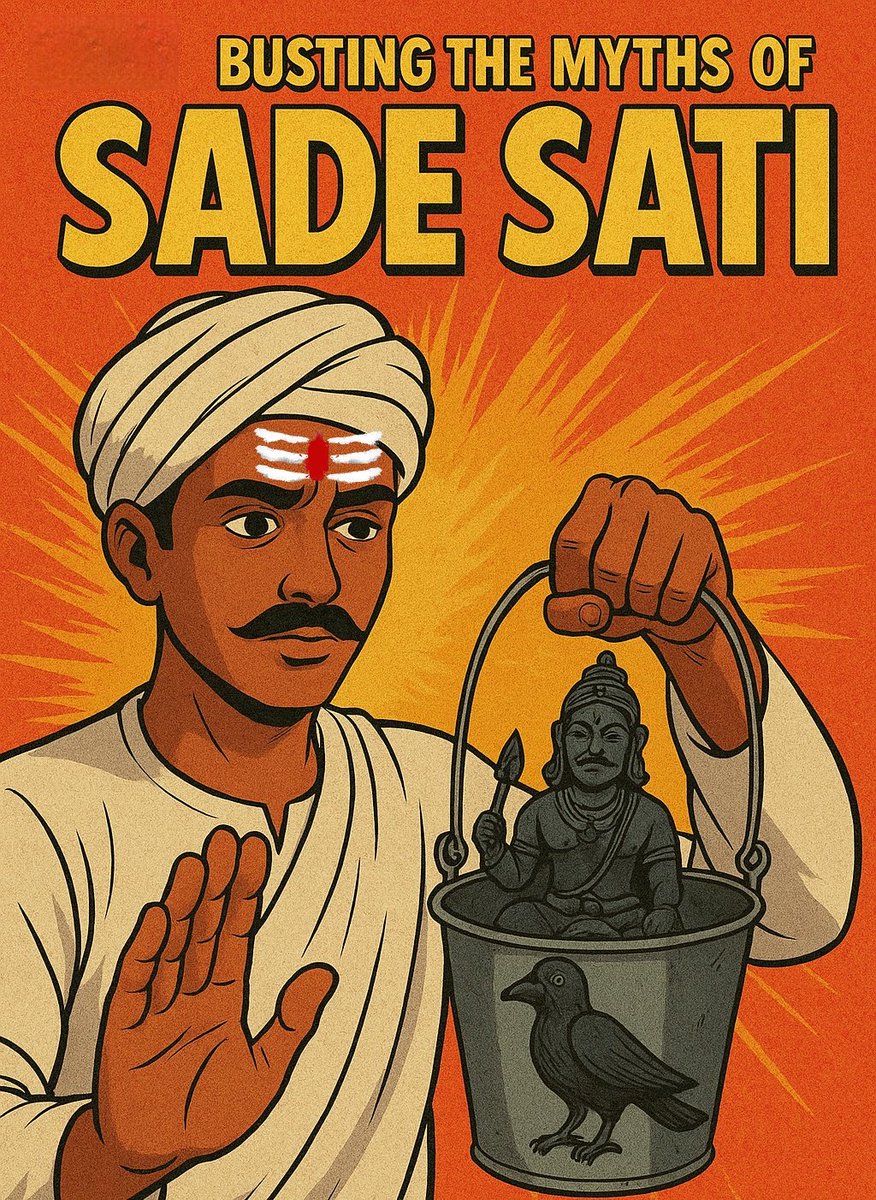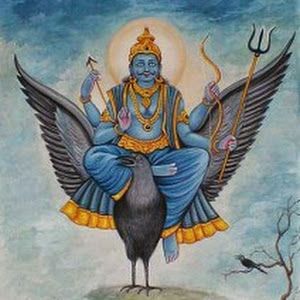#Thread Mysteries of the Khudiya Rani Cave Mandir... 

Khudiya Rani Cave located at the Chhichli village of Bagicha tehsil of Jashpur district of Chhattisgarh. Situated in dense forests and mountains, this cave remains the center of many mysteries. This ancient cave Mandir is dedicated to Maa Khudiya Rani. 

It is said that the Khudiya Rani is virajman here in jagrit awastha. Earlier, the murti of the Maa in the cave, but now the doors of cave Mandir are closed and the worship of the Maa is done outside the cave. 

In ancient times, a pujari went inside the Mandir to offer bhog to the Maa. After offering the bhog, after some time he re-enters the Mandir. At the same time Mata was eating bhog and seeing the pujari she became very angry and she closes the doors of the cave forever. 

Since then the worship of the Maa is done outside the cave. The Dodki river flows below this cave Mandir. It is said that a huge fish with gold nostrils lives under the depths of this river. Some fortunate devotees still have darshan of that fish. 

📸: Respected Owner
Please like, retweet and follow @ranvijayT90 for more Facts, Unsolved Mysteries and Unexplored Places.🙏
Please like, retweet and follow @ranvijayT90 for more Facts, Unsolved Mysteries and Unexplored Places.🙏
• • •
Missing some Tweet in this thread? You can try to
force a refresh






















